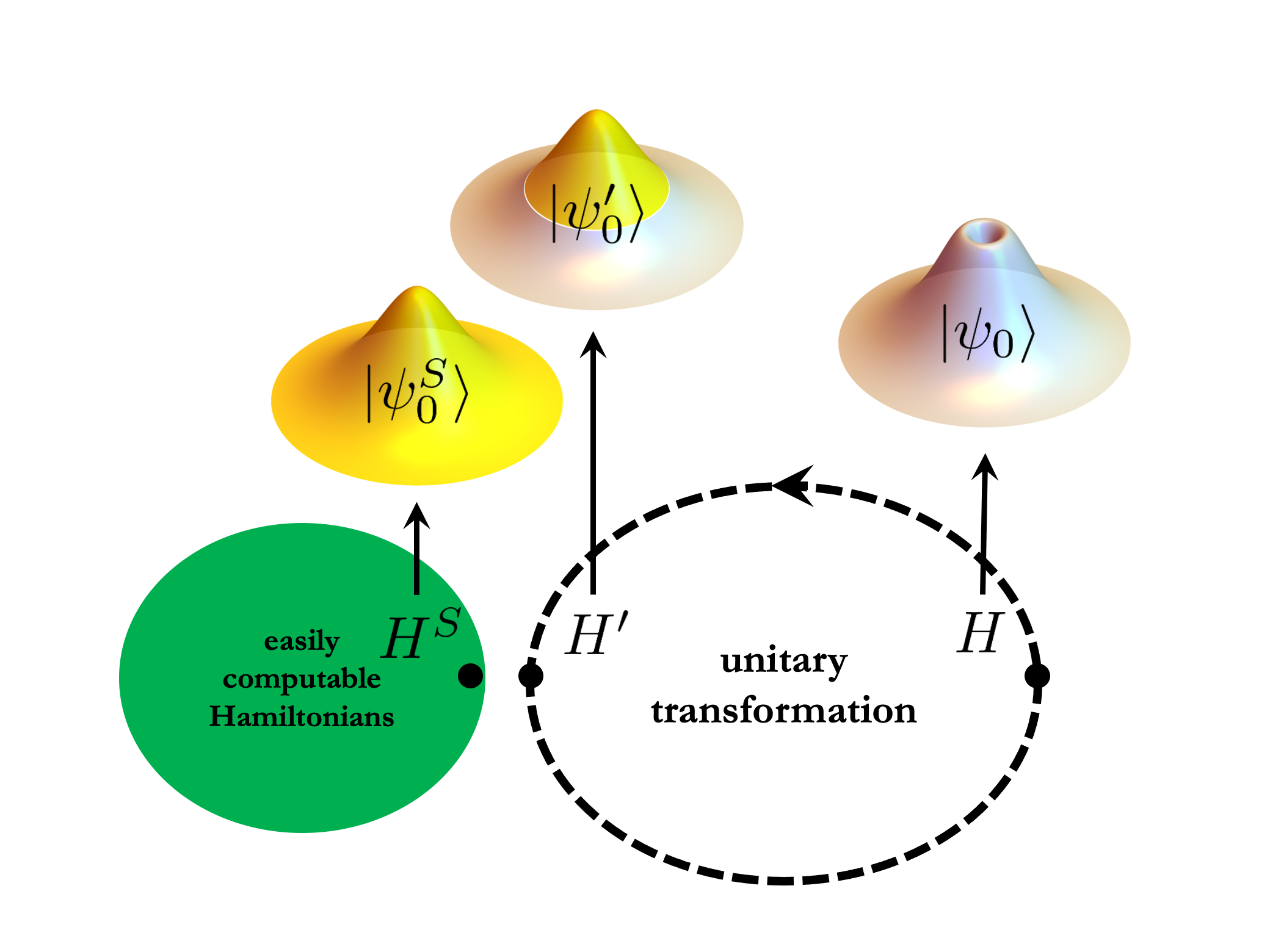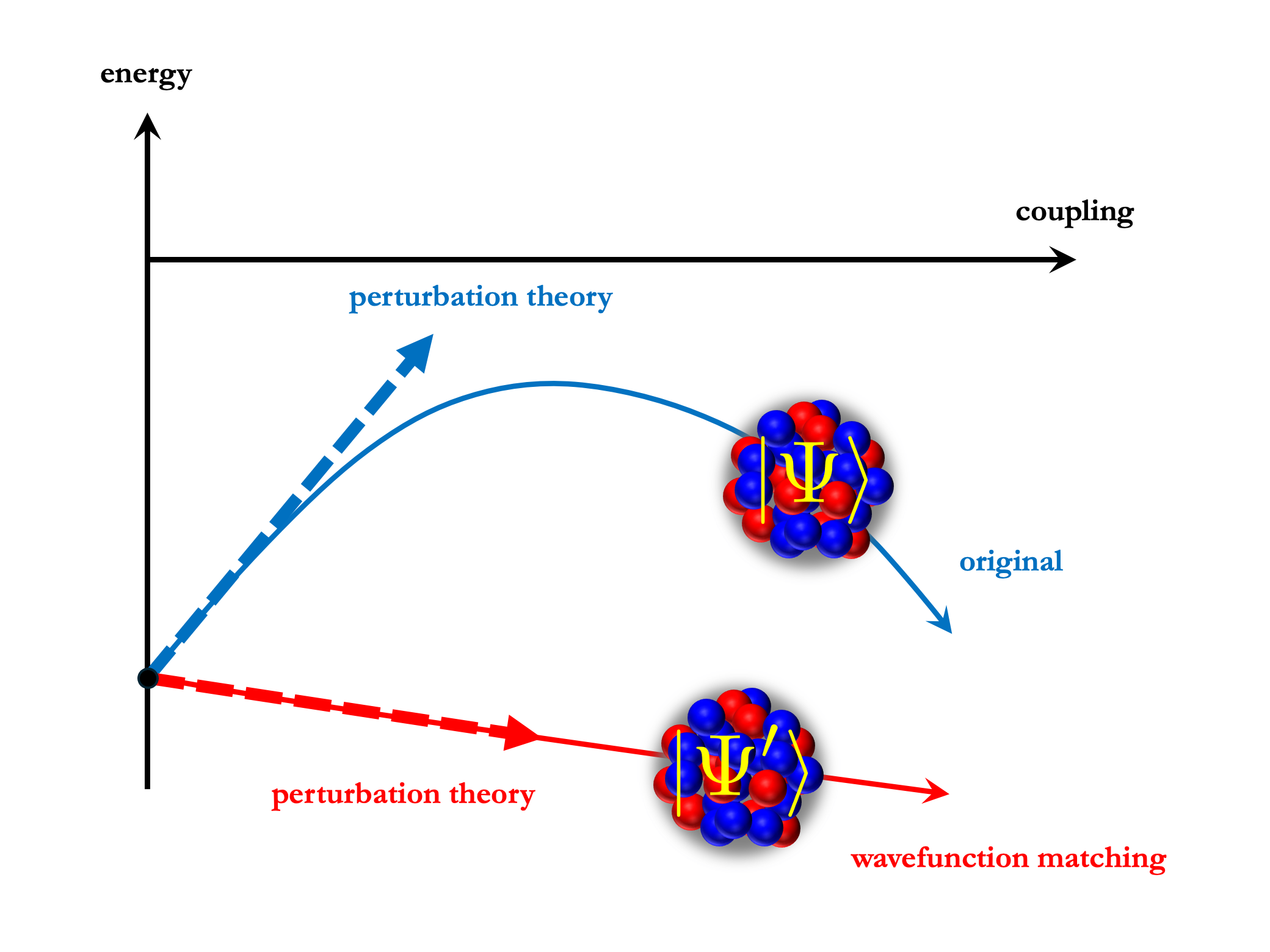주메뉴
- About IBS 연구원소개
-
Research Centers
연구단소개
- Research Outcomes
- Mathematics
- Physics
- Center for Theoretical Physics of the Universe(Particle Theory and Cosmology Group)
- Center for Theoretical Physics of the Universe(Cosmology, Gravity and Astroparticle Physics Group)
- Center for Exotic Nuclear Studies
- Center for Artificial Low Dimensional Electronic Systems
- Center for Underground Physics
- Center for Axion and Precision Physics Research
- Center for Theoretical Physics of Complex Systems
- Center for Quantum Nanoscience
- Center for Van der Waals Quantum Solids
- Chemistry
- Life Sciences
- Earth Science
- Interdisciplinary
- Institutes
- Korea Virus Research Institute
- News Center 뉴스 센터
- Career 인재초빙
- Living in Korea IBS School-UST
- IBS School 윤리경영


주메뉴
- About IBS
-
Research Centers
- Research Outcomes
- Mathematics
- Physics
- Center for Theoretical Physics of the Universe(Particle Theory and Cosmology Group)
- Center for Theoretical Physics of the Universe(Cosmology, Gravity and Astroparticle Physics Group)
- Center for Exotic Nuclear Studies
- Center for Artificial Low Dimensional Electronic Systems
- Center for Underground Physics
- Center for Axion and Precision Physics Research
- Center for Theoretical Physics of Complex Systems
- Center for Quantum Nanoscience
- Center for Van der Waals Quantum Solids
- Chemistry
- Life Sciences
- Earth Science
- Interdisciplinary
- Institutes
- Korea Virus Research Institute
- News Center
- Career
- Living in Korea
- IBS School
News Center
New Discovery Allows Physicists to Predict Properties of Atomic nuclei which were theoretically difficult before- Wave Function Matching Methodology allows prediction of properties solely based on nuclear forces - International collaboration of physicists have led to a new methodology that enables precise calculation and prediction of the properties of quantum many-body system. The "Nuclear Lattice Effective Field Theory” international research collaboration group1 , including researchers from Institute for Rare Isotope Studies (IRIS) and Center for Exotic Nuclear Studies within the Institute for Basic Science (IBS), developed a "Wave Function Matching” method that can precisely calculate properties such as binding energy, mass, and charge radius of various atomic nuclei which were theoretically impossible or difficult before. This finding is expected to be of significant importance in future research on rare isotopes utilizing heavy ion accelerators. Although nuclear physicists have conducted extensive research on nuclear forces between atomic nuclei and their constituents (nucleons), it has been challenging to explain the properties of atomic nuclei, such as binding energy, mass, and charge radius, solely based on nuclear forces between nucleons. Researchers have traditionally resorted to case-by-case approach, choosing suitable model depending on the intended calculations and targets. In the past, most ab initio calculations based on nuclear forces have primarily focused on light nuclei only. In particular, many ab initio theory has problem to reproduce various properties of aomic nuclei at the same time in a consistent way. The difficulty is due to the complexity in computational simulations of quantum many body system, which requires supercomputers and the absence of precise theoretical models of nuclear forces. The new "Wave Function Matching” approach aims to calculate the properties of even medium-mass atomic nuclei without approximation or parameter adjustments. This method utilizes the "Wave function" on a spacetime lattice and employs the "Monte Carlo method" for calculations, making it suitable for calculations on heavy nuclei, which were previously impractical due to the "Monte Carlo sign problem” arising in quantum many-body systems. To deal with the Monte Carlo sign problem, researchers initially determined high fidelity "two-body force” acting between two nucleons based on scattering experiments of protons and neutrons, and then applied the wave function matching method to transform it into a form suitable for calculations in quantum many-body systems. Additionally, they determined a "three-body force” nuclear model to explain the mass of nuclei containing three or more nucleons using the mass values of about 20 different nuclei. Through nuclear lattice calculations by applying the wave function matching method on two-body force and fixing three-body forces, it was possible to obtain theoretical predictions for various nuclei solely based on nuclear force. By applying this method to nuclear lattice calculations, researchers have successfully predicted various properties of nuclei, from deuteron(nuclei with one-neutron and one-proton) to 58-nucleon nickel (Ni) nuclei and nuclear matter. The binding energy and charge radius predicted using the method were found to be consistent with known experimental observations. In this research, the IBS researchers utilized the supercomputer Nurion at the Korea Institute of Science and Technology Information (KISTI) to calculate the binding energy of neutron-rich oxygen rare isotopes, up to oxygen-24 (24O). This means that it is now possible to predict the exact properties of rare, exotic, and medium-haevy nuclei before even making them. Although the wave function matching method is applied for nuclear physics in this research, the same technique can be applied to other quantum many-body theories. Currently, research is underway to apply nuclear lattice effective theory and wave function matching methods not only to nuclear structure but also to various other fields such as nuclear reactions. Director HONG Seung-woo of IRIS expressed optimism, stating, “We expect this research to be valuable for future studies on rare isotopes in South Korea using the RAON heavy ion accelerator.” The research findings were published in the journal Nature
Notes for editors
- References
- Media Contact
- About the Institute for Basic Science (IBS)
1 China, France, Germany, South Korea, Turkey and United States. full lists are: Gaziantep Islam Science and Technology University in Turkey; University of Bonn, Ruhr University Bochum, and Forschungszentrum Jülich in Germany; Institute for Basic Science in South Korea; South China Normal University, Sun Yat-Sen University, and Graduate School of China Academy of Engineering Physics in China; Tbilisi State University in Georgia; CEA Paris-Saclay and Université Paris-Saclay in France; and Mississippi State University and the Facility for Rare Isotope Beams (FRIB) at Michigan State University in the United States |
| Next | |
|---|---|
| before |
- Content Manager
- Public Relations Team : Yim Ji Yeob 042-878-8173
- Last Update 2023-11-28 14:20













